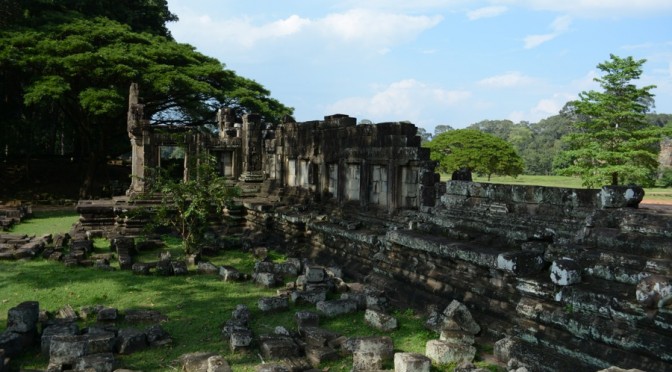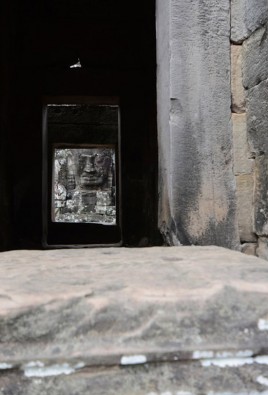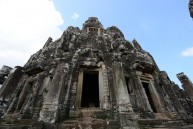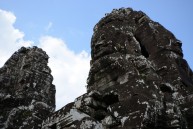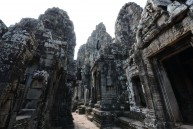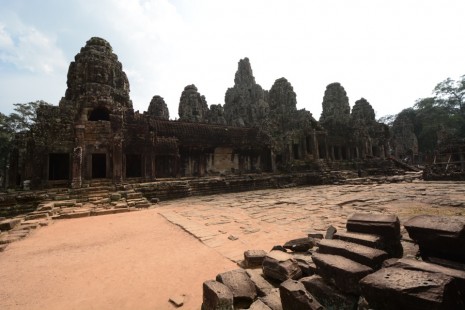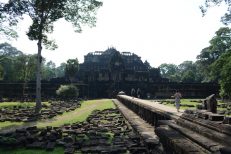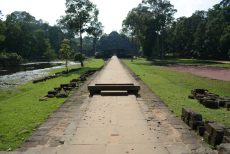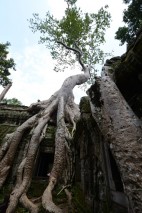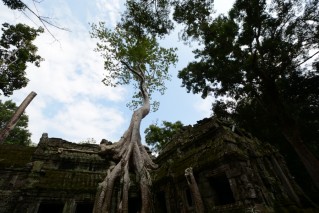When people talk about Siem Reap, it’s usually all about this area of ancient temples. Most simply falsely refer to this site as the “Angkor Wat”. But Angkor Wat is merely one amongst the many temples in this huge area – though it is the star of the park and sees the most number of tourists at any time of day.
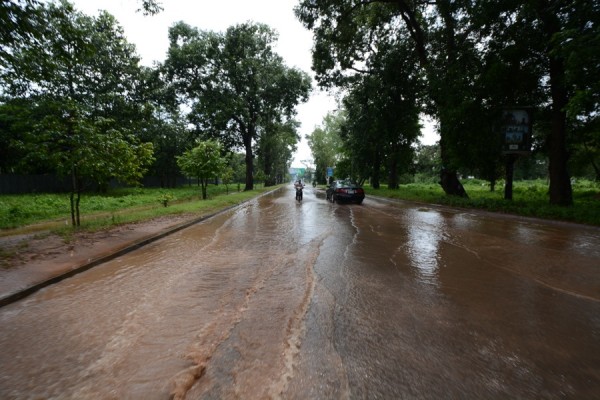
Both of us enjoyed seeing the temple ruins as a whole but we admittedly weren’t too crazy about visiting every single one in detail. When it comes to structures like these, I always preferred standing away admiring the entire majestic view, rather than being in each and every one of them.
We knew we’d get the temple burnout syndrome (when every temple starts looking the same) very quickly if we don’t pace ourselves out. With this in mind, we decided to view only the most important temples first and leave the others for next time. If planning which temples to visit get too confusing, your tuk tuk driver most likely could make a better itinerary for you. They know best.
Another thing we did to avoid temple burnout was to spread the temples out in two half days, and input other non-temple activities in your itineraries. There’s more to Siem Reap than the temples, afterall. On the first day, we added Tonle Sap to our schedule, and on the second, the Landmine Museum.
At the entrance, a digital photo of you is taken at the ticket counter and this photo will be printed onto your ticket. It’s almost like an ID. This ticket will be checked at every single temple.
Some of the temples we visited:
- Angkor Wat: Went at sunrise… Will share the full photos in another post.
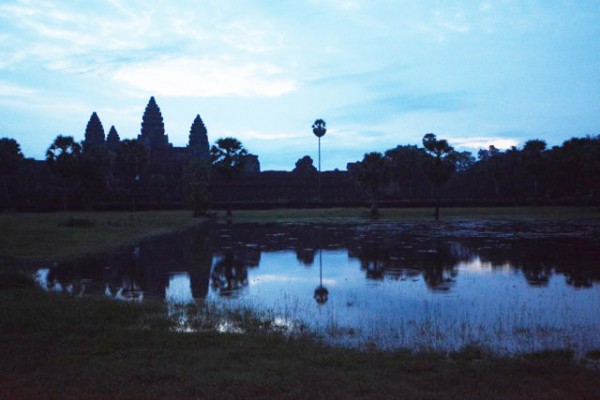
- Bayon:
- Baphoun:
- Ta Promh (The temple overriden by trees, and filmed for Tomb Raider):
- Phnom Bakheng
- Bantaey Srey (Completely off the map from the main temples, but worth the drive if there’s time):
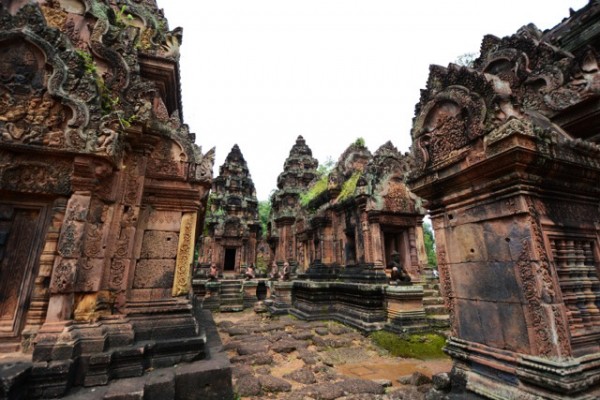
Reading up on the temples in advance might give you a far better understanding of the eras, and styles they were built in. The Canby website was great help to me (www.canbypublications.com).
People also often get so caught up by the beauty of the temples that they forget to mention other things they came across.
Some of the things you don’t hear as much:
- Some temples have incredibly huge steps. You have to literally climb using your upper body at times.
- The Angkor Archaelogical site is probably more MASSIVE than you even initially thought, and the distance between temples are REALLY FAR. Some form of transport is a must.
- There are kids and touts at every major temple entrance. The touts are easy to walk away from, the kids though – they pull on the best puppy eyed looks, soft voices and interesting arguments. (I told one I had no money. She replied: Then, borrow…) No matter how difficult, always remember this only encourages them to be out of school (Many explanations by NGOs online why donations to street kids are bad. But here’s a summarised one).
- Cambodian kids are incredibly photogenic…and they know this. So, don’t be surprised that some kids might ask for money in exchange for a photo. Again, refuse.
- Occasionally you might see police officers themselves offering guide services. Try to refuse kindly as they usually charge exorbitant prices after.
- Very often you’d see people offering incense sticks to you to pray in temples and asking for donations worth at least USD10 per person for “donation to the monks”. They are typically found near statues of deities (Refer to photo I took below). The monks live off direct donations and do not have “helpers” conducting donation drives for them. So this is a scam.
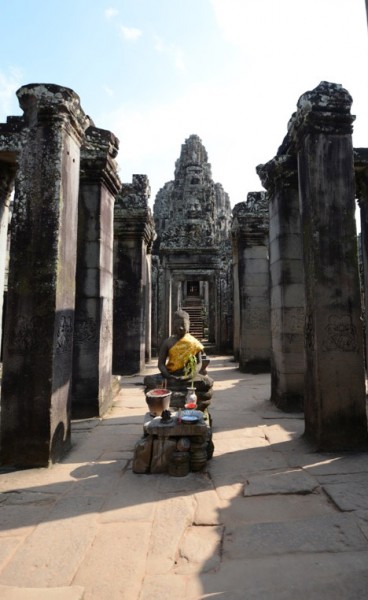
Be prepared and all you have left to do is to enjoy the sights, and the experience of being surrounded by such ancient structures – opulent and magnificent.
